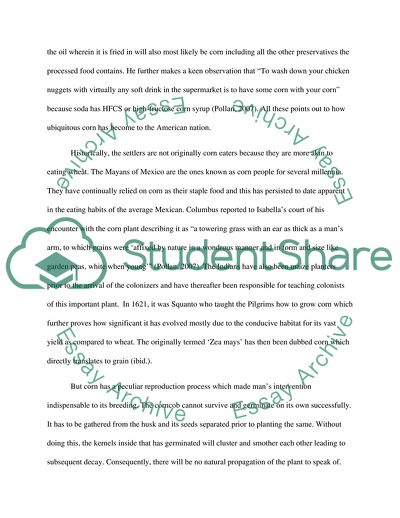The Omnivores Dilemma Book Report/Review Example | Topics and Well Written Essays - 750 words - 1. https://studentshare.org/literature/1781761-review
The Omnivores Dilemma Book Report/Review Example | Topics and Well Written Essays - 750 Words - 1. https://studentshare.org/literature/1781761-review.


